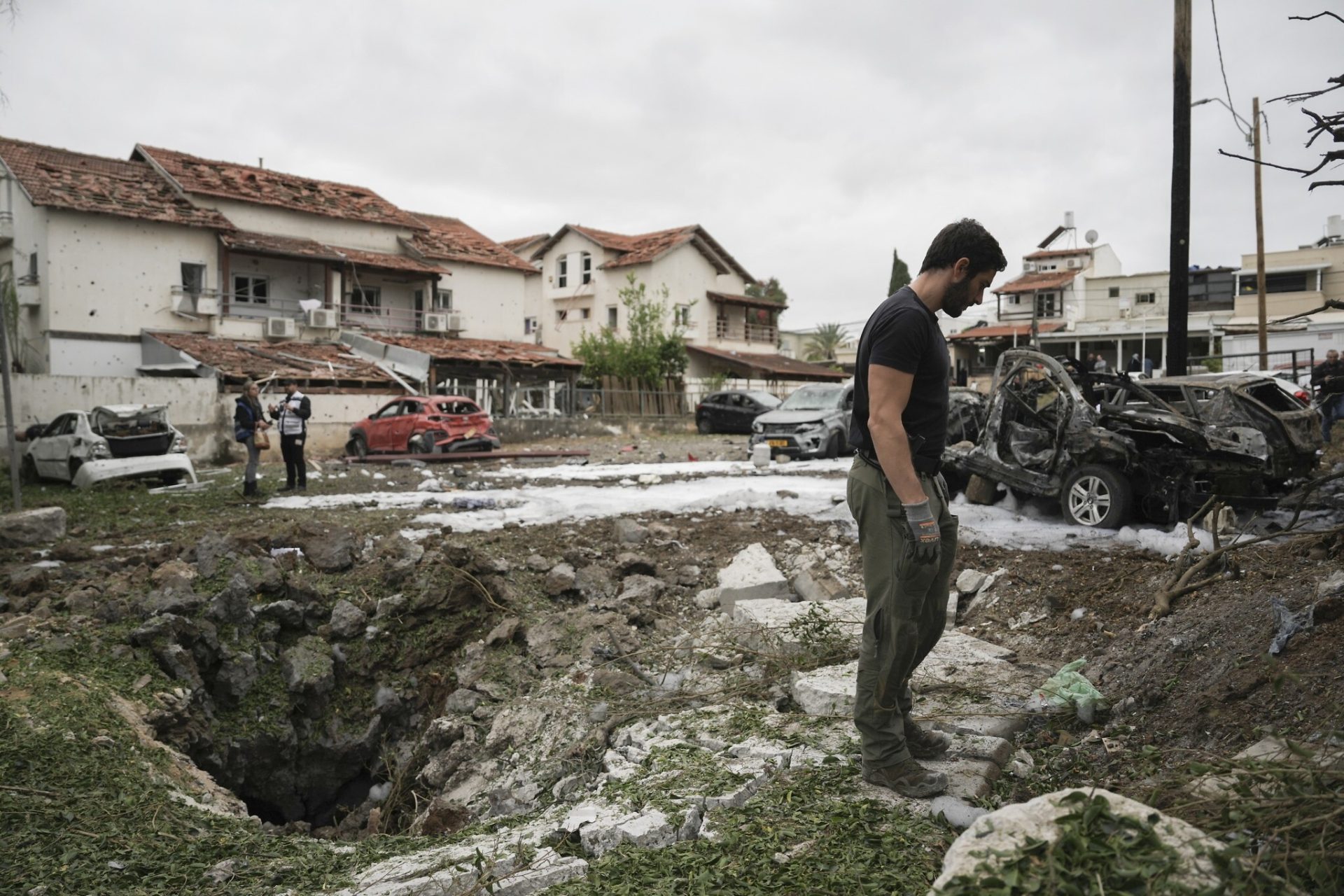ARTICLE AD BOX
NASA's Juno probe has revealed new secrets about Jupiter's moon Io, the most geologically active body in the solar system.
Aside from Earth, Io is the only known place in the solar system where volcanoes spew hot lava like those on our planet.
Io is known as the third largest moon of Jupiter, and contains more than 400 active volcanoes. These volcanoes have been seen expelling huge clouds of sulfur and sulfur dioxide. This volcanic activity is thought to be driven by tidal heating, with the gravitational push and pull exerted by Jupiter and other moons generating friction and heat deep within Io.
While there are many theories about the types of volcanic eruptions on the Moon's surface, there is little data to support these theories.
New findings from NASA's Juno probe provide a better picture of the extent of lava lakes on Jupiter's moon Io, and include initial insights into the volcanic processes taking place there .
These results come thanks to Juno's Jovian Infrared Auroral Mapper (JIRAM) instrument, designed by the Italian Space Agency, which "sees" in infrared light.
This advanced technology allowed scientists to observe bright rings surrounding several hot spots on Io's surface, indicating the presence of extensive lava lakes within caldera-like structures (or volcanic lakes, a term describing the large craters that appear as wide basins at the tops of volcanoes).
In the area of Io's surface for which scientists have the most complete data, they found that about 3% of it is covered by a molten lava lake.
JIRAM's detailed observations also provided insight into the dynamics beneath Io's surface. Infrared images revealed that the lava lakes exhibit a distinctive structure, with a central crust surrounded by walls that can reach hundreds of meters in height.
This formation prevents lava from spilling over the edges, indicating a complex interaction between magma rising to the surface and crustal deformation.
According to Dr. Alessandro Mora, a researcher at the National Institute of Astrophysics in Rome and a co-investigator on the Juno program, the most common type of volcanism observed on Io involves large lava lakes where magma rises and falls periodically.
The formation of lava rings around these lakes resembles features seen at Hawaiian volcanoes, indicating similarities in geological processes despite Io's harsh environment.
Dr Mora said: “We now have an idea of the most common type of volcanoes on the planet Io: enormous lakes of lava where magma rises and falls. The lava crust is forced to break up on the walls of the lake, forming the typical lava ring that we see in lava lakes on Io. "The walls are likely hundreds of meters high, which explains why magma is generally not observed seeping from the strata, which are bowl-shaped features created by volcanoes and moving across the moon's surface."
Additional analysis of JIRAM data from subsequent Juno flybys in late 2023 and early 2024 is expected to provide deeper insights into Io's volcanic processes.
The results of this study were published in detail in the journal Nature Communications.
.png)
 4 months ago
4
4 months ago
4









 English (US)
English (US)